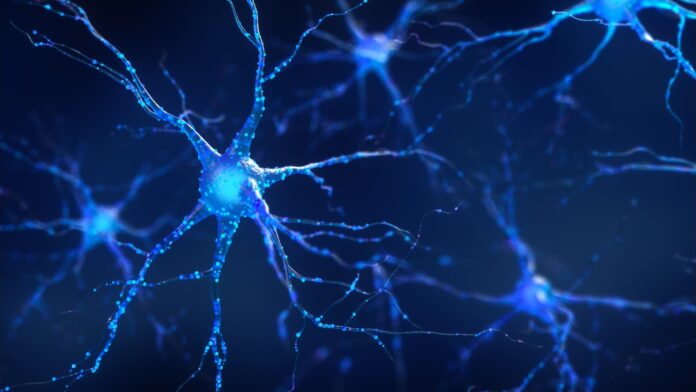A breakthrough study published in the journal Nature reveals the discovery of a new chemical compound that may hold the key to healing nerve damage and potentially reversing paralysis caused by such injuries. The compound, named 1938, was developed through a collaborative effort between scientists from University College London, the Medical Research Council Laboratory of Molecular Biology in Cambridge, and pharmaceutical company AstraZeneca.
Researchers conducted extensive screenings of thousands of molecules in search of one that could activate crucial biological mechanisms responsible for controlling cellular functions. The compound 1938 was found to activate an enzyme called phosphoinositide 3-kinase (PI3K), which plays a vital role in cell growth and various processes like wound healing. Remarkably, when introduced to lab-grown nerve cells, 1938 significantly increased the growth of nerve cells. In tests conducted on rats with nerve injuries, the compound exhibited promising results by promoting recovery and restoring motor function, suggesting the potential for nerve regeneration. Additionally, early animal studies demonstrated that the compound provided protection against heart damage following traumatic events such as heart attacks. Normally, these events lead to the formation of dead tissue, which can cause long-term issues even after blood flow is restored.
The researchers highlighted the absence of approved medications for nerve regeneration, making drugs that activate PI3K and accelerate nerve regeneration highly desirable. The team is now focused on developing new therapies to address peripheral nerve damage, particularly in severe hand and arm injuries. Furthermore, they aim to explore the potential of PI3K-activating drugs in treating other types of nerve damage, including spinal cord injuries, stroke, and neurodegenerative diseases. While the findings are promising, the researchers emphasize that further extensive research is needed before these potential treatments can be implemented in clinical practice.


